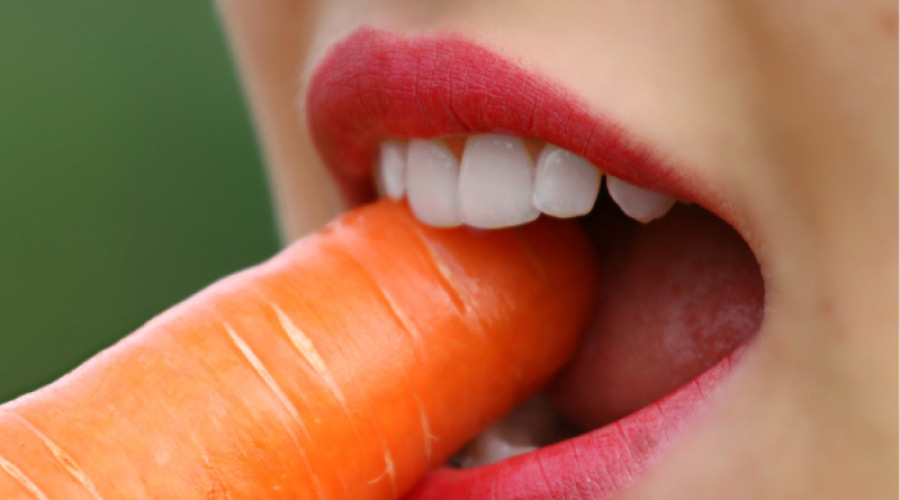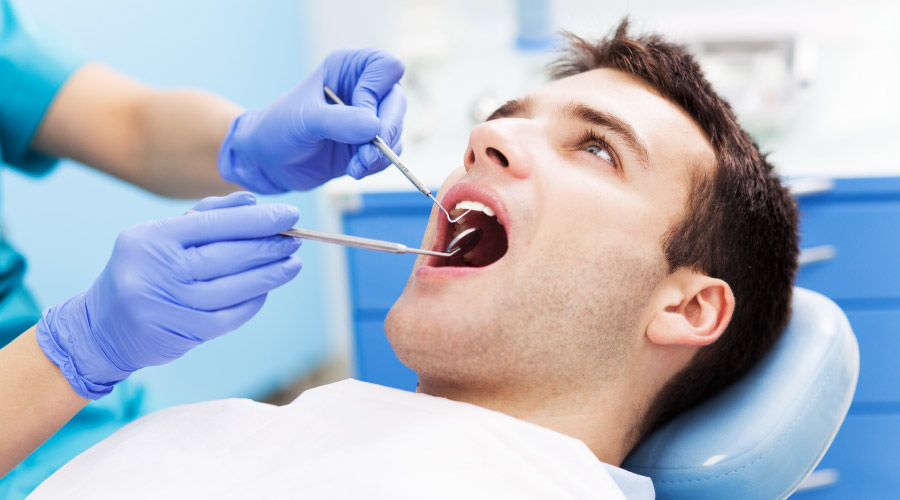
What Is Gum Disease?
Gum disease, also known as periodontal disease, is an oral health condition that occurs when plaque–a clear, sticky film–builds up in your mouth. Symptoms of gum disease include bleeding gums, swollen or red gums, loose teeth, receding gums, changes in bite, and bad breath that won’t go away. Gingivitis (gum inflammation) is the precursor to gum disease. When gum disease occurs, it pulls the gums away from the teeth to form pockets that bacteria and debris start to build up in. The plaque will spread to under the gums if the pockets become infected. If the infection is left untreated, it could destroy the gum tissue and bone. The result is that your gums are no longer able to support your teeth.
What Causes Gum Disease?
Plaque buildup is the primary cause of gum disease. If plaque is not removed by daily brushing and flossing, there is a good chance you will develop gum disease. However, there are other reasons why you might have gum disease. Genetics can sometimes play a role. About 30% of people are more predisposed to developing gum disease. People who smoke are also at a higher risk. Misaligned teeth also create a hazard because they are harder to floss and brush well enough to get rid of the plaque. Some other causes of gum disease include stress, poor nutrition, grinding teeth, dry mouth, and hormones. Gum disease can also be associated with diseases like HIV, IBS and leukemia.
Treating Gum Disease
At Villa Vista Dental, we have special equipment to detect and treat gum disease. We offer laser gum therapy for advanced gum disease. By avoiding scalpels and sutures, your recovery time is much faster. If you think you may have gum disease, don’t wait to call for a consultation. If left untreated, gum disease can be very harmful to your overall health.
How to Prevent Gum Disease
The best prevention is practicing good oral health habits every day. This includes brushing your teeth twice a day for two minutes each time, flossing at least once a day, and using toothpaste that contains fluoride to strengthen your teeth. Additionally, a diet low in sugar and carbs and high in vitamins, minerals, and fiber. Another great way to prevent gum disease is by coming in for regular checkups and cleanings. Give us a call today to schedule an appointment.
Gum disease is easier to treat in its early stages.









